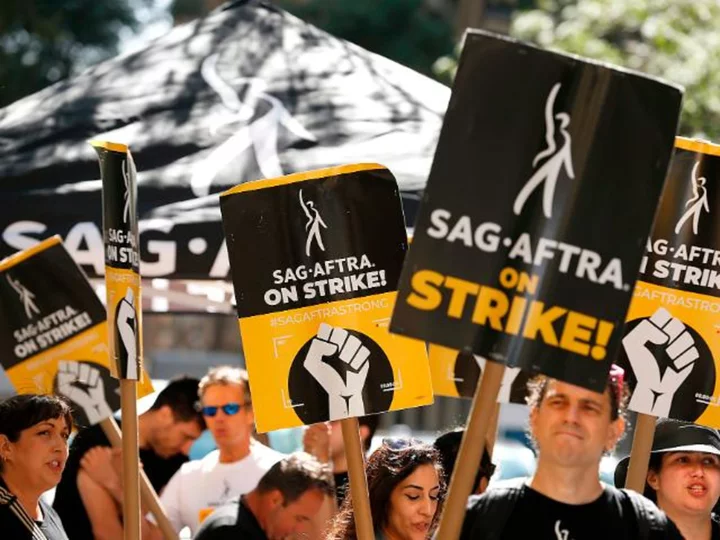
SAG-AFTRA requests approval to strike against video game companies
SAG-AFTRA's National Board is unanimously seeking permission from union members to strike against a number of video game makers ahead of negotiations resuming later this month.
2023-09-03 05:25
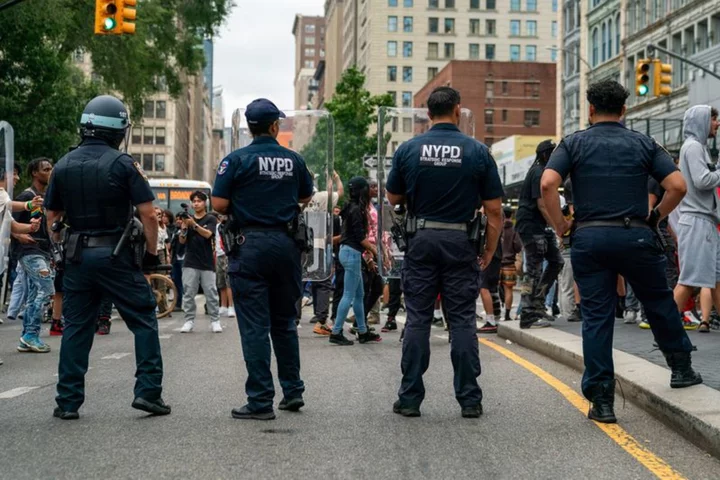
Influencer Kai Cenat charged with inciting a riot after New York City mayhem
Social media influencer Kai Cenat has been charged with inciting a riot after he announced a giveaway of
2023-08-06 03:26
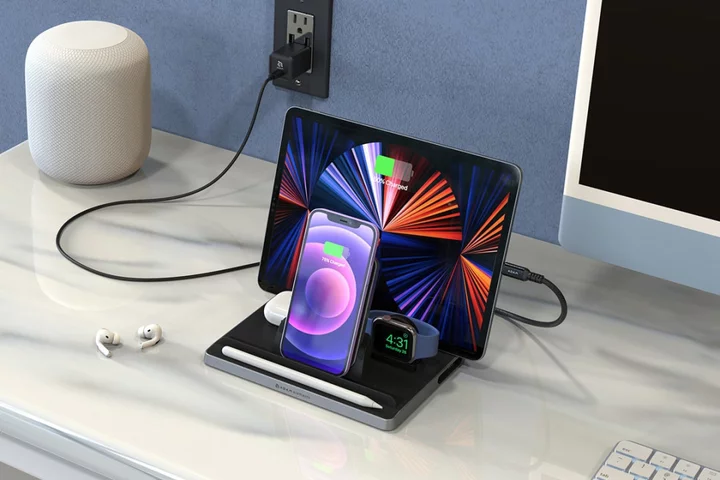
This modular power station is a great gift for techies at $84
TL;DR: As of August 10, you can get the OMNIA Q5 Five-in-One Wireless Charging Station
2023-08-10 17:56
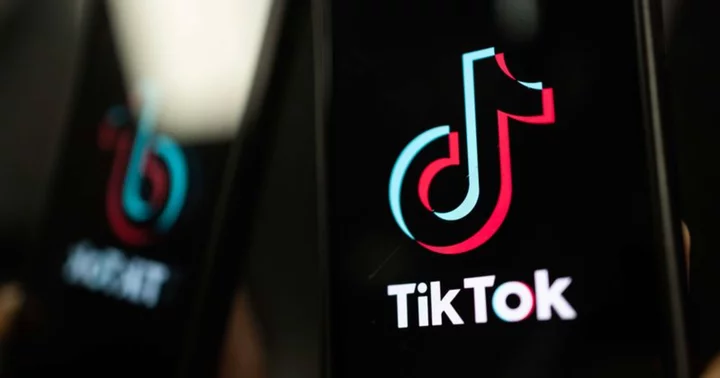
TikTok: What are hidden codes and how to use secret emojis?
Welcome to the world of TikTok's hidden codes that unlock some really cool - but secret - emojis
2023-05-17 19:24

Can You Play Commander on MTG Arena?
Commander is one of the most popular Magic: The Gathering formats, but Commander players have to get creative on MTG Arena.
2023-05-12 01:55
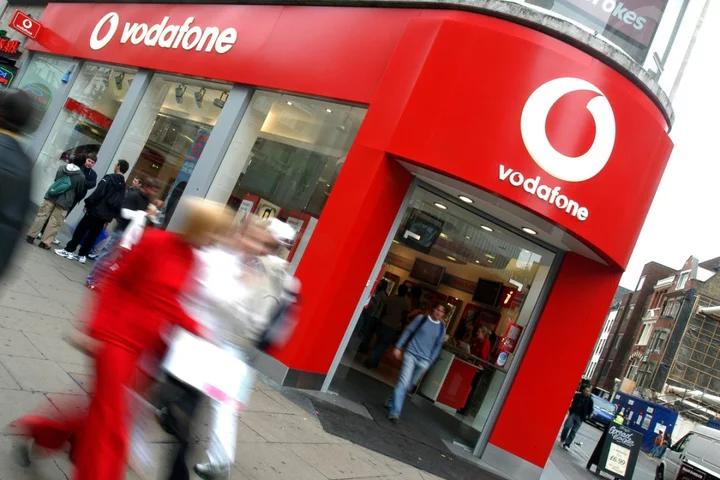
Vodafone down: Phone network not working as customers struggle to make calls
Vodafone customers say they are struggling to make calls, seemingly after technical issues at the network. Users said they were experiencing an array of unusual problems. Some said they were able to call other people on Vodafone – but not speak to people on other networks, for instance. Data connections appeared to be working as normal, however. On Twitter, Vodafone responded to affected users by apologising and asking for more information, and its online service checker indicated there were problems in some areas. The company did not immediately respond to a request for comment. Tracking website Down Detector also showed problems at Vodafone, starting on Monday afternoon. Other networks were also flagged as having issues – but that may be simply because Vodafone calls to those on other providers were failing to connect. Read More US Air Force is toying with idea of building this Batman villain’s weapon China’s ‘government-approved’ AI chatbot says Taiwan invasion likely Russian cyber-attacks ‘relentless’ as threat of WW3 grows, expert warns
2023-09-04 20:57

Teledyne e2v HiRel Announces New RF Low Noise Amplifiers for LEO Space Applications
MILPITAS, Calif.--(BUSINESS WIRE)--Jun 12, 2023--
2023-06-12 22:21

Manchin Slams Biden’s EV Tax Credit Rules as Soft on China
New rules from the Biden administration to limit a lucrative consumer tax credit for electric vehicles that contain
2023-12-02 02:47

How to bypass the Meta news blockade in Canada for free
SAVE 49%: Unblock Facebook and Instagram news with ExpressVPN. A one-year subscription to ExpressVPN is
2023-09-01 12:53

Huge Xbox leak reveals Microsoft’s plans for the future of the console
A major leak has seemingly revealed Microsoft’s plans for the future of the Xbox. The company is planning a new version of the Xbox Series X that will be shaped like a cylinder and not include a console, according to internal documents. Codenamed “Brooklyn”, the new console will have the power of the more expensive Xbox, with more storage but without the option to use discs. But that will then be followed by an entirely new kind of console, planned for 2028. That aims to create a “hybrid” experience by streaming games online but combining them with local hardware, to get the best of both. That is according to new documents that were published as part of the legal hearings between the US Federal Trade Commission and Xbox, which were first reported by The Verge. The documents appear to have been uploaded accidentally, and have since been pulled down. There is no guarantee that either of the consoles will actually arrive, and the documents appear to show the internal planning of the hardware. But the new “Brooklin” version of the Xbox Series X appears close to completion, with an estimated 2024 release date. It will also come with a new controller, nicknamed Sebile and planned for later this year. It will include new features such as an accelerometer so that the console can wake up just by being picked up, and a white and black mixed colour scheme, but otherwise keeps the same design as the existing controller. The “next generation” console appears to be more speculative, and comes from a 2022 pitch ahead of a possible 2028 release date. It says that the company is aiming for its cloud gaming platform and physical consoles to achieve “full convergence” through games that would be described as “cloud hybrid”. “Our vision: develop a next generation hybrid game platform capable of leveraging the combined power of the client and cloud to deliver deeper immersion and entirely new classes of game experiences,” the documents read. It suggests for instance that players could buy a small puck that would plug into their television and include some of the processors and other hardware required to play games. But much of the game itself would stream over the internet. The hardware design would begin next year, ahead of kits arriving with developers in 2027, and then the console itself arriving a year later. The first games would start being developed for the hybrid platform from next year, the documents suggest. But it also notes that a range of things are yet to be decided. The company needs to build a “thin” operating system that could play the local parts of the games, for instance. The documents mention “hybrid Windows”, suggesting that similar technology could come to the desktop. Read More Apple explains how the iPhone turned into a camera like none before it BBC reviews Russell Brand’s time at corporation as YouTube demonetises content Google announces huge breakthrough step in finding genes that cause disease
2023-09-20 02:22

Get a PlayStation 5 bundle for a record-low price
SAVE $60: As of June 7, the PlayStation 5 God of War Ragnarok bundle is
2023-06-07 23:24
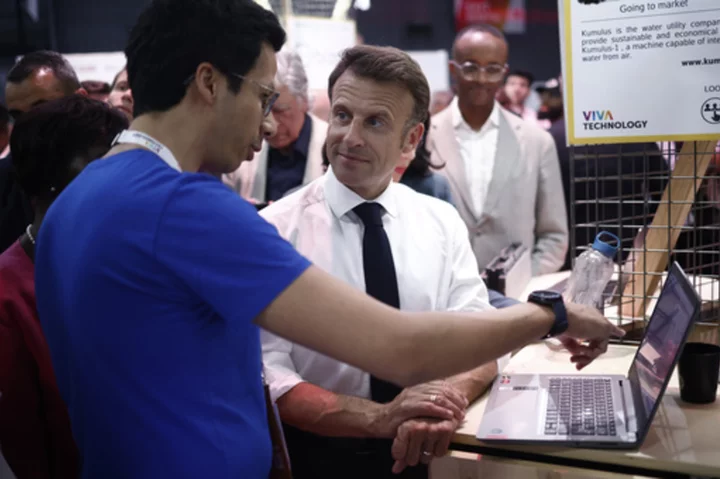
France's Macron wants to boost AI, calls for rules that don't impede tech growth
French President Emmanuel Macron is calling for boosting the development of artificial intelligence in Europe
2023-06-15 02:17
You Might Like...
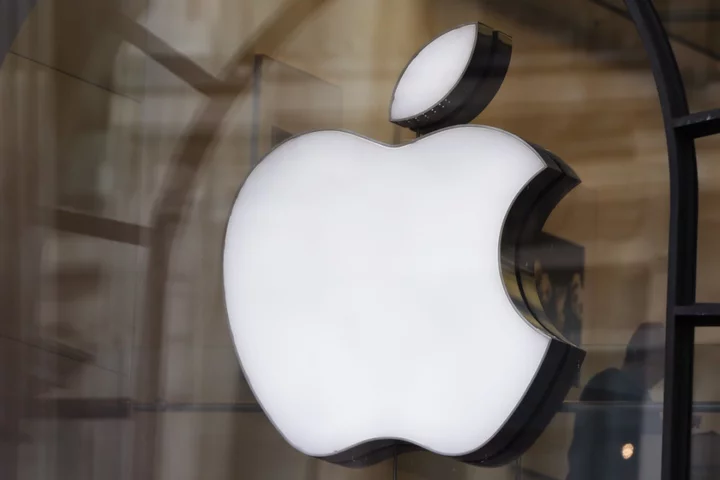
Setback for Ireland as EU legal adviser recommends revisit of Apple tax case
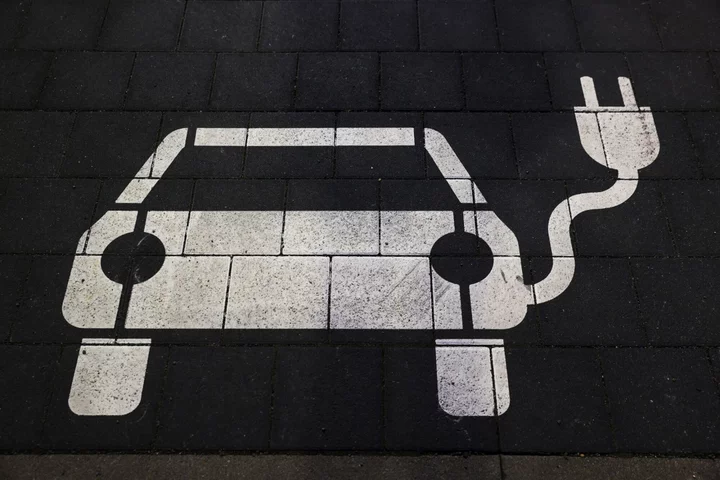
Electric Bus Maker Proterra’s Bankruptcy Reveals ‘Finite Window’ for EV Startups

Scientists have discovered a disturbing link between milk tea and depression

Microsoft says Chinese hackers used code flaw to steal emails from US agencies

Crypto Mixer Tornado Cash Loses Lawsuit Over US Sanctions
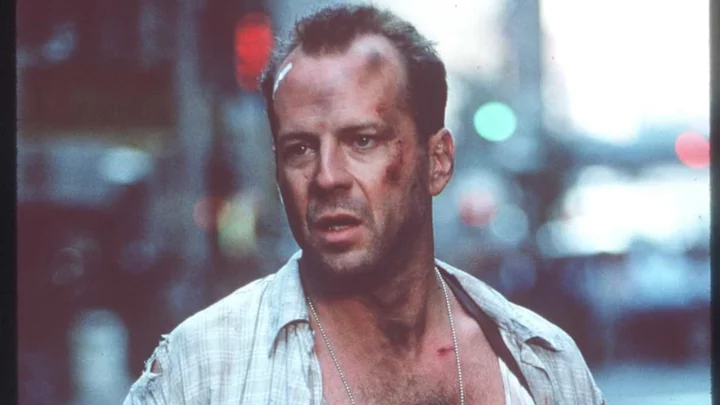
The 25 Best Action Movies of All Time, According to Variety
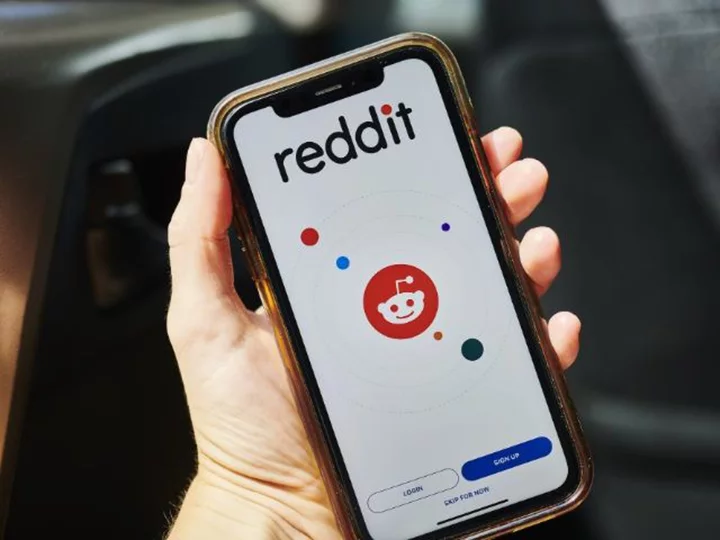
Reddit's fight with its most powerful users enters new phase as blackout continues

Lords of the Fallen Review
